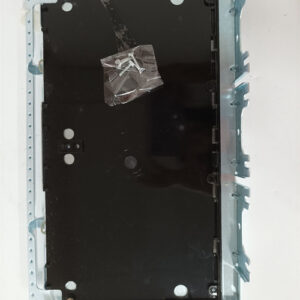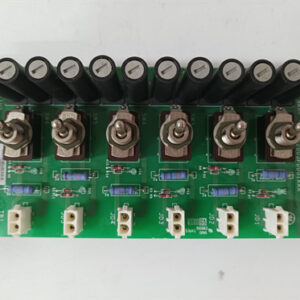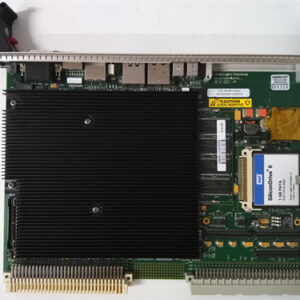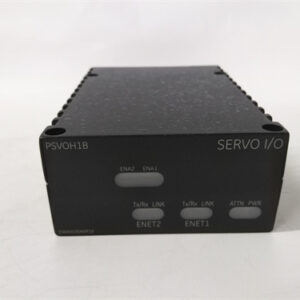الوصف
The GE IS200VAMAH1A is a VME Acoustic Monitor Card for the Mark VI series of GE’s Speedtronic Gas Turbine Control Systems. This board, often referred to as a VAMA card, is a specialized component that processes signals from acoustic and other high-frequency sensors. Its primary function is to monitor acoustic emissions and other high-speed data from the turbine, which is crucial for advanced diagnostics and predictive maintenance.
Key Features and Functionality
The IS200VAMAH1A is designed to provide high-speed signal processing capabilities, which is a significant difference from standard I/O cards. Here’s a breakdown of its primary functions:
- Acoustic Monitoring: The board is specifically designed to interface with acoustic sensors, such as microphones, to detect and analyze high-frequency sound waves. These sensors can be used to listen for specific sounds, like blade rubbing or arching in generators, that indicate a developing fault.
- High-Speed Data Acquisition: In addition to acoustic signals, the VAMA card can be used for other high-speed data acquisition tasks, such as monitoring vibrations at a much higher sampling rate than standard vibration cards. This allows for more detailed analysis of machine behavior, which is essential for diagnosing complex issues.
- Dedicated Processor: Unlike general-purpose I/O cards, the IS200VAMAH1A has its own dedicated on-board processor. This processor handles the high-speed data processing and signal conditioning, offloading this intensive task from the main Mark VI controller. This ensures that the control system’s performance remains unaffected by the high data rates of acoustic monitoring.
- VMEbus Interface: The card is designed to plug directly into the VME backplane of a Mark VI rack. This allows for high-speed communication with the main controller and other VME cards in the system.
- Diagnostics: The board’s faceplate typically features LED indicators to display its operational status, including power, run status, and fault alerts, making it easier to troubleshoot.
Technical Specifications
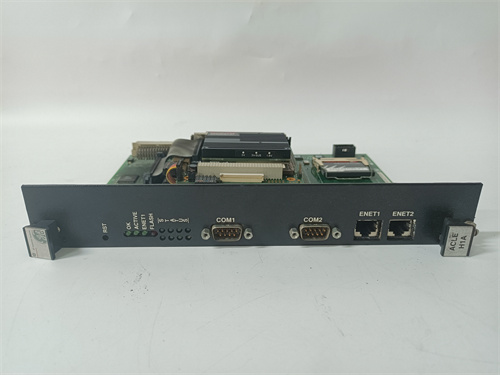

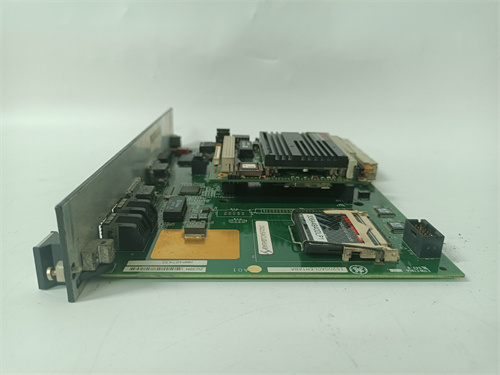

 +86 15340683922
+86 15340683922 +86 15340683922
+86 15340683922